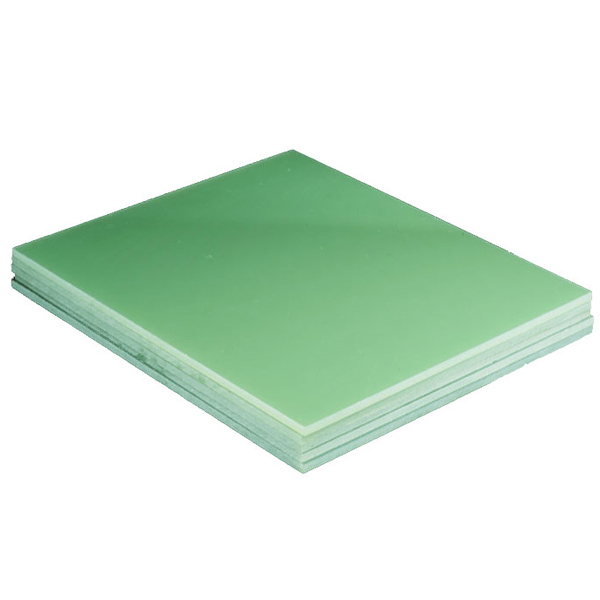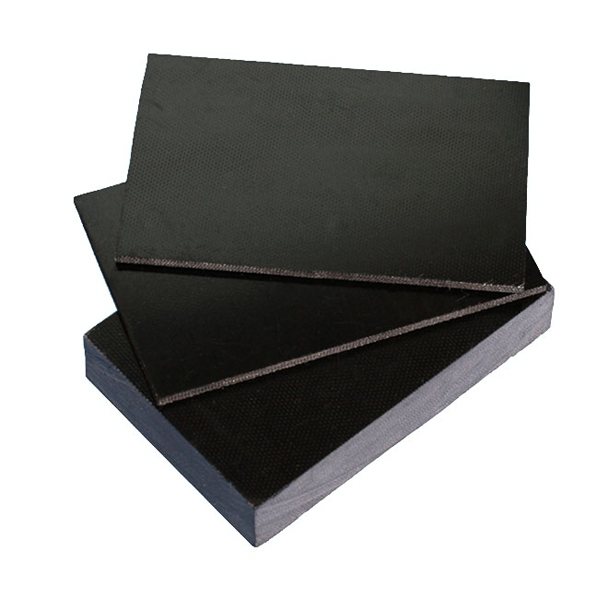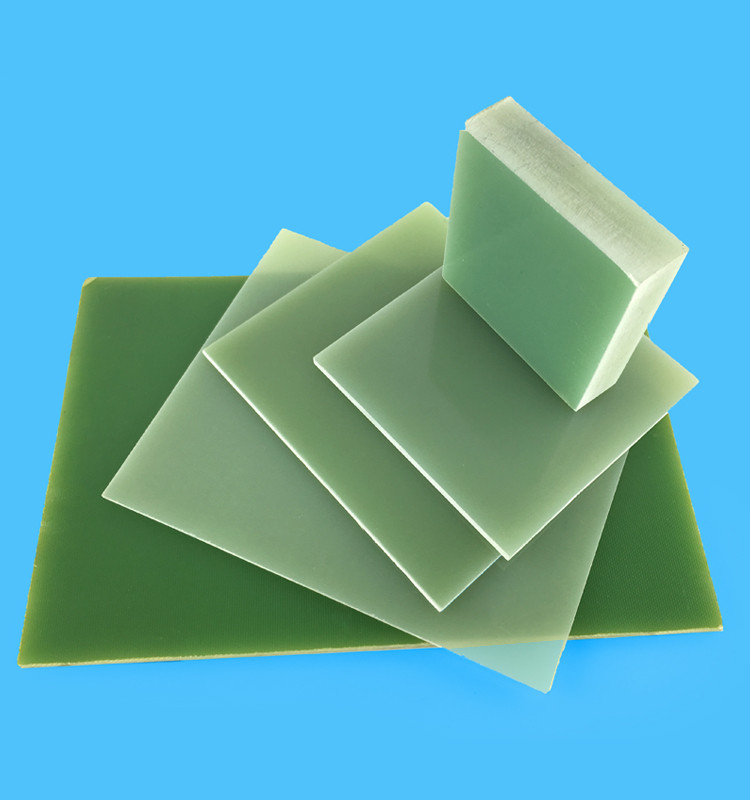Belt deviation is the most common failure when the belt conveyor is running. In order to solve such failures, it is important to pay attention to the dimensional accuracy of the installation and daily maintenance. There are many reasons for deviation, and it needs to be treated differently according to different reasons. 1 Adjusting the belt of the belt conveyor carrying the belt conveyor can adjust the position of the roller group to adjust the deviation when the whole belt conveyor is deflected in the middle of the belt conveyor; during the manufacturing, the mounting holes on both sides of the roller group are processed to grow holes for adjustment . The specific method is which side the belt is biased, which side of the roller set moves forward toward the belt advancement direction, or the other side moves backward. When the belt is deflected in the upward direction, the lower position of the roller set should move to the left, and the upper position of the idler set moves to the right. 2Installing the centering roller group The adjusting roller group has various types such as the intermediate shaft type, the four-bar type type, the vertical roller type, etc. The principle is to block or the roller in the horizontal direction to block or generate the lateral thrust. The belt automatically achieves the purpose of adjusting the belt deviation. This method is generally reasonable when the total length of the belt conveyor is short or when the belt conveyor is operated in both directions, because the shorter belt conveyor is more prone to deviation and is not easy to adjust. Long belt conveyors are best not to use this method because the use of the centering roller set has a certain impact on the life of the belt. 3 Adjusting the driving roller and the reversing roller position The adjustment of the driving roller and the reversing roller is an important part of the belt deviation adjustment. Since a belt conveyor has at least 2 to 5 rollers, all drums must be installed at a position perpendicular to the centerline of the belt conveyor. If the deflection is too large, deviation will occur. The adjustment method is similar to the adjustment of the roller set. For the head roller, such as the belt, to the right side of the drum, the bearing housing on the right side should move forward, and the belt should be moved to the left side of the drum. The bearing housing on the left side should move forward, and the corresponding bearing can also Move the left bearing housing back or the right bearing housing back. The tail roller is adjusted in the opposite way to the head roller. After repeated adjustments until the belt is adjusted to a better position. It is best to install the position accurately before adjusting the drive or reversing the drum. 4 Adjusting the belt tension at the tension is a very important part of the belt conveyor's deviation adjustment. The two redirecting rollers on the upper part of the heavy hammer tensioning should be perpendicular to the vertical line of gravity in addition to the longitudinal direction of the belt, that is, the horizontal centerline of the shaft is ensured. When using a screw tension or hydraulic cylinder tensioning, the two housings of the tensioning drum should be translated simultaneously to ensure that the drum axis is perpendicular to the longitudinal direction of the belt. The specific method of adjusting the belt deviation is similar to the adjustment at the drum. 5 Influence of the blanking position at the transfer point on the deviation of the belt The blanking position of the material at the transfer point has a great influence on the deviation of the belt, especially when the projection of the two belt conveyors in the horizontal plane is vertical. The relative heights of the upper and lower belt conveyors at the transfer point should normally be considered. The lower the relative height, the greater the horizontal velocity component of the material, and the greater the lateral impact on the lower belt, and the material is also difficult to center. The material on the cross section of the belt is deflected, which eventually causes the belt to run off. If the material is on the right side, the belt runs to the left and vice versa. The relative height of the two belt conveyors should be increased as much as possible during the design process. The form and size of the upper and lower funnels, guide troughs, etc. of the space-constrained mobile bulk transport machinery should be carefully considered. Generally, the width of the guide groove should be about two-thirds of the width of the belt. In order to reduce or avoid the belt deviation, the baffle block material can be increased, and the falling direction and position of the material can be changed. 6 Two-way running belt conveyor deviation adjustment The two-way belt conveyor belt belt deviation adjustment is relatively more difficult than the one-way belt conveyor deviation adjustment, in the specific adjustment should first adjust a certain direction, and then adjust another direction. When adjusting, carefully observe the relationship between the direction of belt movement and the trend of deviation, and adjust them one by one. The focus should be on the adjustment of the drive roller and the redirecting roller, followed by the adjustment of the idler and the adjustment of the blanking point of the material. At the same time, it should be noted that the belt should be evenly stressed in the longitudinal direction of the belt when the joint is vulcanized, and the forces on both sides should be as equal as possible when using the guide chain.
FR4 is not a material`s name, but a kind of grade of fire-resistant, which represents resin materials can self-extinguish when firing. Now there are all kinds of FR4 materials using as PCB, but the majorities are composite made of epoxy resin, filler and fiberglass.
G10 FR4 sheet mainly used as insulation structure parts in electrical, electronic and other industries.
Key Features :
• Flame resistance
• High dielectric strength
• Moisture resistance
• Heat resistant
• Temperature resistance: 180-200℃
• Under the normal temperature 150 ℃, it still has high mechanical strength.
Fr4 Sheet,Fr4 Epoxy Fiberglass,Fr4 Epoxy Glass Sheet,Green Fr4 Sheet SHENZHEN XIONGYIHUA PLASTIC INSULATION LTD , https://www.xyhplastic.com



Belt conveyor belt deviation
FR4 sheet
Properties
Unit
Grade
FR-4,Grade A
Flexural strength perpendicular to laminations (A: under normal conditions E-1/150: 150±5 °C . Thickness:≥1.6mm)
≥
Mpa
340
Compression strength perpendicular to laminations
≥
Mpa
350
Impact Strength parallel to laminations (Charpy,Thickness:≥5mm)
≥
kJ/m2
33
Insulation Resistance after immersion in water (D-24/23)
≥
Ω
5.0×108
Dielectric strength perpendicular to laminations (in 90±2°C transformer oil, 1 mm in thickness)
≥
MV/m
11.8
Breakdown voltage parallel to laminations (in 90±2°C transformer oil)
≥
KV
35
Permittivity (50MHz)
≤
-
5.5
Dissipation factor (50Hz)
≤
-
0.035
Water absorption (D-24/23, 3mm in thickness)
≤
mg
20
Density
g/cm3
2.0
Flammability
Class
V-0,V-1
Color
-
Natural